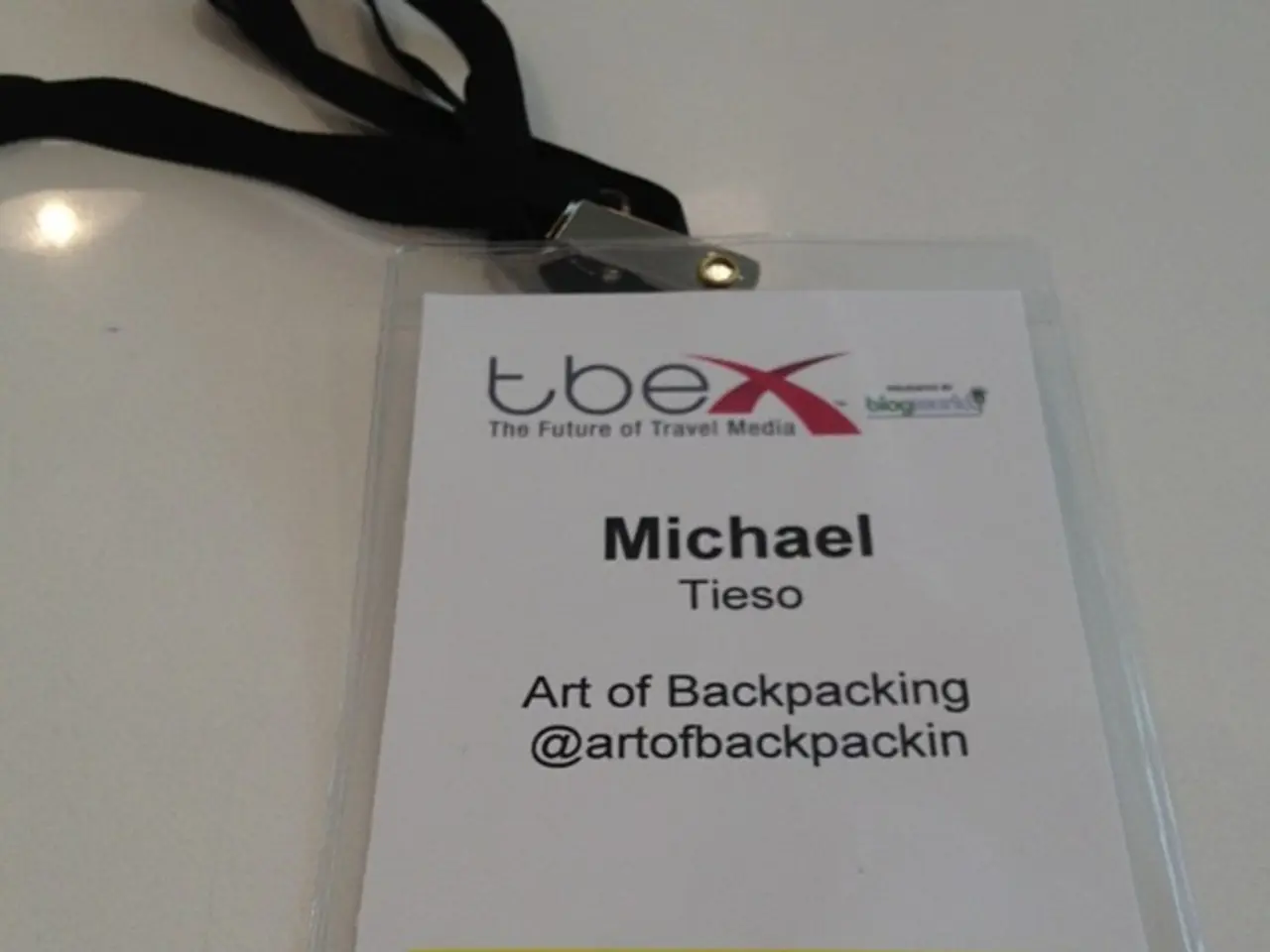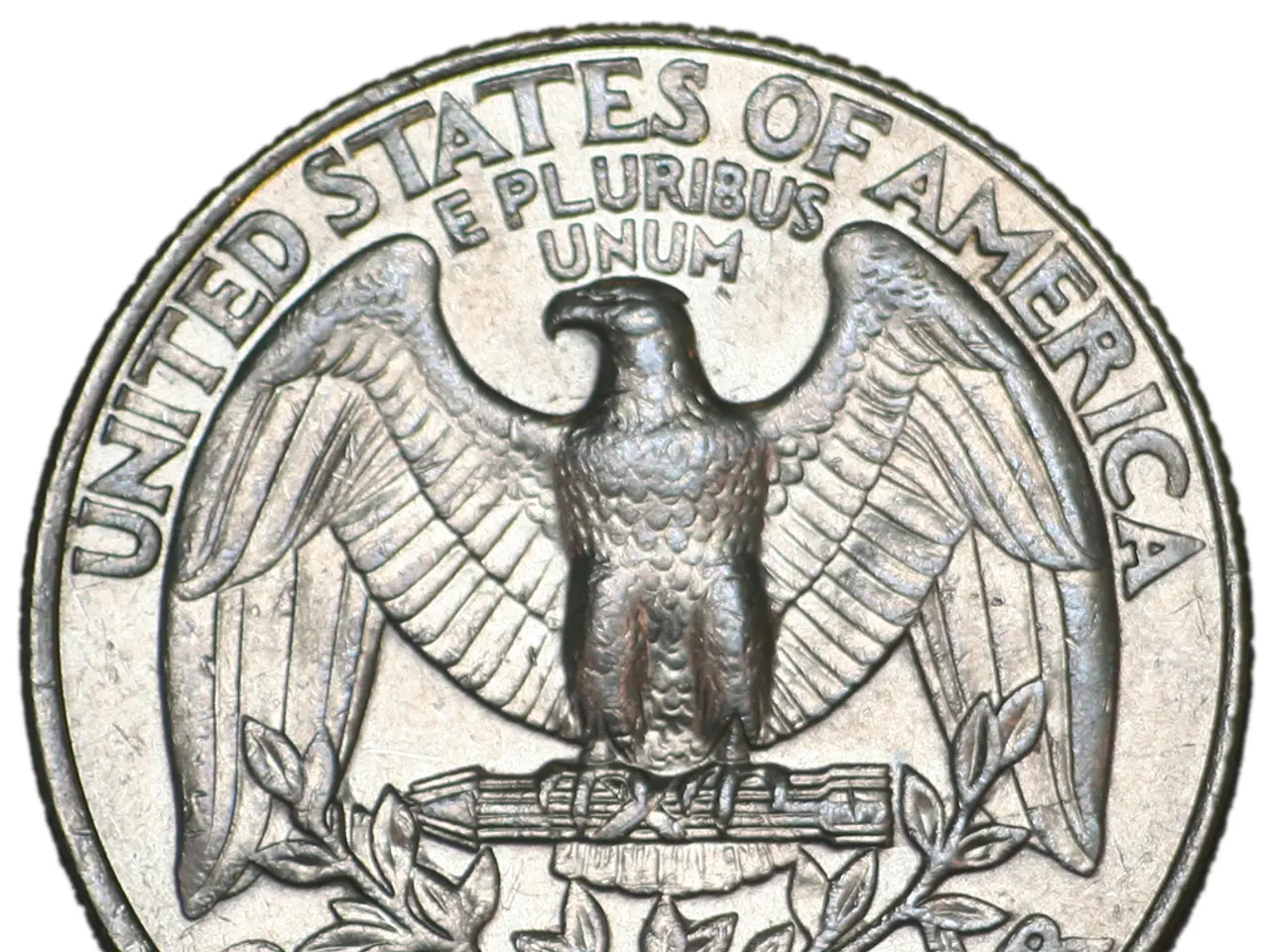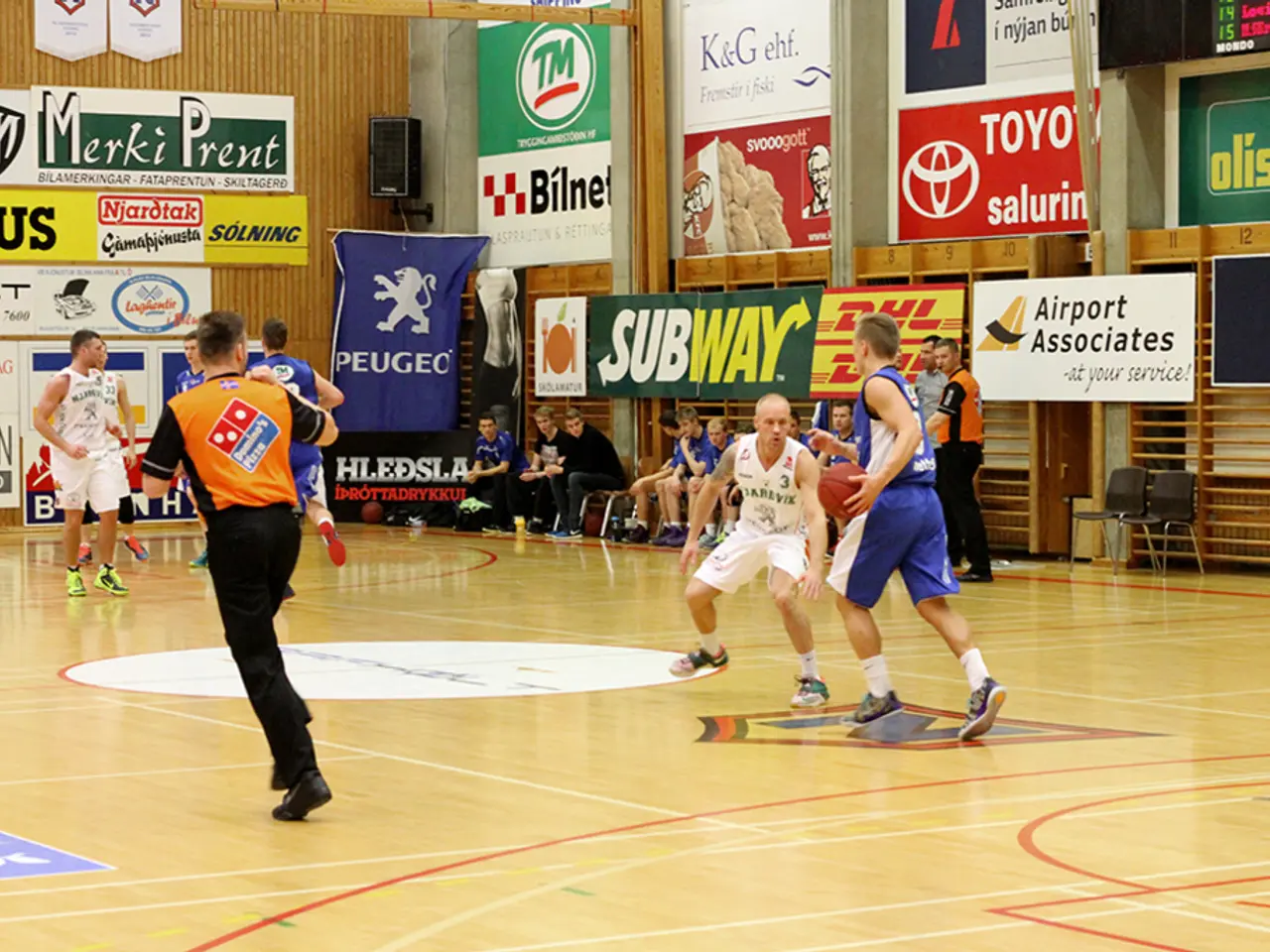Honest Discussion on the Advantages of Online Campaigning in Indian Elections through Social Media Platforms
The digital landscape of Indian politics is undergoing a significant transformation, as social media marketing becomes an integral part of election campaigns. This shift is driven by increased internet penetration, widespread smartphone use, and changing media consumption habits among voters.
Key Trends
One of the most striking trends is the growth in digital advertising, with India's advertising market expected to see digital advertising dominating and social media advertising growing by over 16% in 2025. Social media ad spend is predicted to surpass traditional TV spends within five years, highlighting the shift towards digital platforms for reaching the electorate.
Traditional methods such as door-to-door canvassing and rallies are increasingly being supplemented or replaced by digital campaigns. Political parties are leveraging platforms like YouTube, Twitter, Facebook, Instagram, and regional apps such as Koo and ShareChat to engage voters, particularly younger demographics who are active on these social media channels.
Data-driven targeting and narrative management are also becoming common practices. Political parties like the BJP use sophisticated data analytics to target specific voter segments with personalized messaging and to manage narratives effectively on social media to influence opinion and boost voter turnout.
Multi-platform engagement is another key trend, with successful election campaigns embracing a mix of short-form videos, live streams, memes, and interactive content to keep audiences engaged across social media channels. The use of emerging and regional platforms like Telegram and ShareChat enables campaigns to tailor regional and linguistic outreach.
Video and streaming content are also growing rapidly, with over 25% growth in consumption. Ad-supported streaming services offer new avenues for election advertising, reaching audiences through digital video on demand and social video platforms.
Strategies
Strategies in social media marketing for Indian elections include microtargeting using data analytics, content diversification, real-time engagement and crisis management, influencer and opinion leader collaborations, mobilization and Get-Out-The-Vote (GOTV) campaigns, use of vernacular languages, A/B testing, and building a digital persona.
Microtargeting involves leveraging voter data and online behaviour to target specific groups with customised messages and advertisements that resonate with their preferences and concerns. Content diversification involves creating a blend of informational, emotional, and entertainment-based content to appeal to different audiences.
Real-time analytics on social media help track the effectiveness of posts and adjust strategy instantly. Campaigns handle negative feedback online by responding transparently, correcting misinformation, and addressing concerns with facts.
Social media drives voter engagement by facilitating direct conversations, Q&A sessions, and feedback loops between candidates and constituents. Facebook, Twitter, Instagram, WhatsApp, and YouTube are the key social media platforms for political outreach in India.
Campaigns measure social media success using metrics like engagement rate, follower growth, click-throughs, and conversion to event attendance or donations. Consistent messaging and emotionally resonant content can significantly influence perceptions and opinions.
Social media also facilitates grassroots organization by enabling rapid event promotion, volunteer coordination, and peer-driven mobilization. Local or celebrity influencers help extend reach, lend credibility, and connect emotionally with specific audiences in Indian campaigns.
In summary, social media marketing in Indian elections is rapidly evolving into a sophisticated, data-driven, and multi-channel practice that prioritises digital dominance, personalised voter engagement, video content, and youth outreach, leveraging India’s unique demographic and technological landscape.
- The growth in digital advertising, particularly social media advertising, is a significant trend in Indian politics, with social media ad spend expected to surpass traditional TV spends within five years.
- Political parties in India are utilizing various social media platforms like YouTube, Twitter, Facebook, Instagram, Koo, and ShareChat for digital voter engagement, particularly targeting younger demographics who are active on these channels.
- Advanced data analytics are commonly used by political parties, such as the BJP, to target specific voter segments with personalized messages and manage narratives effectively on social media.
- Multi-platform engagement is key in successful election campaigns, with strategies incorporating short-form videos, live streams, memes, interactive content, and the use of emerging and regional platforms like Telegram and ShareChat.




